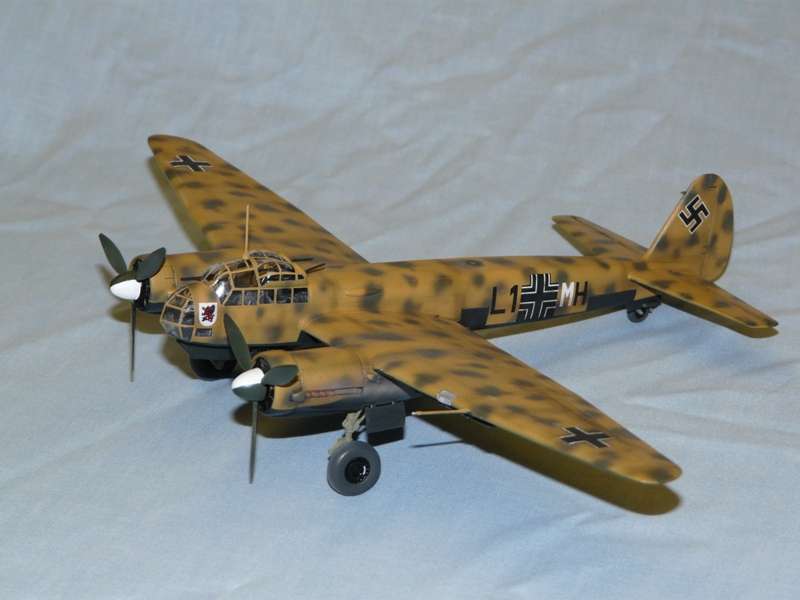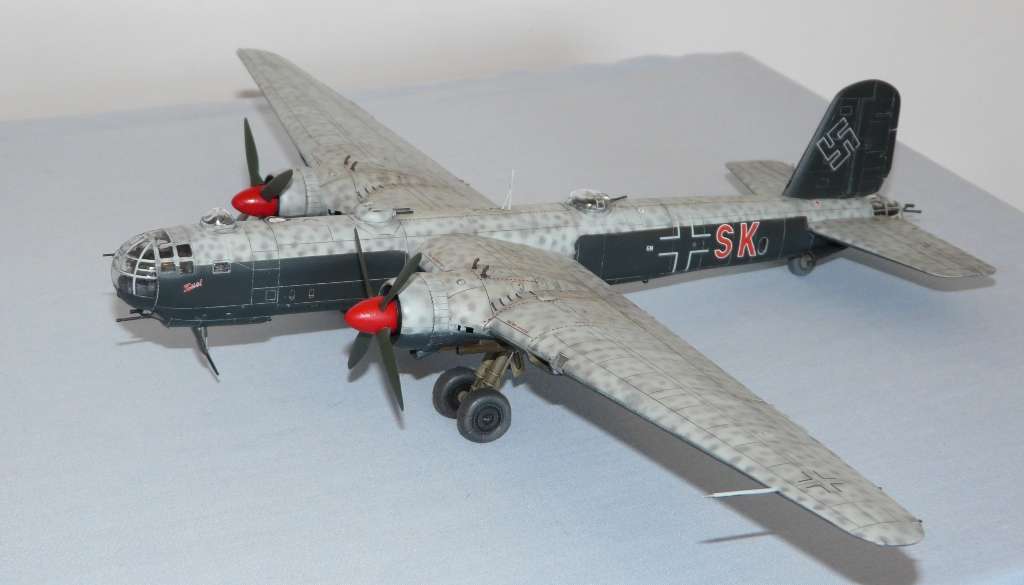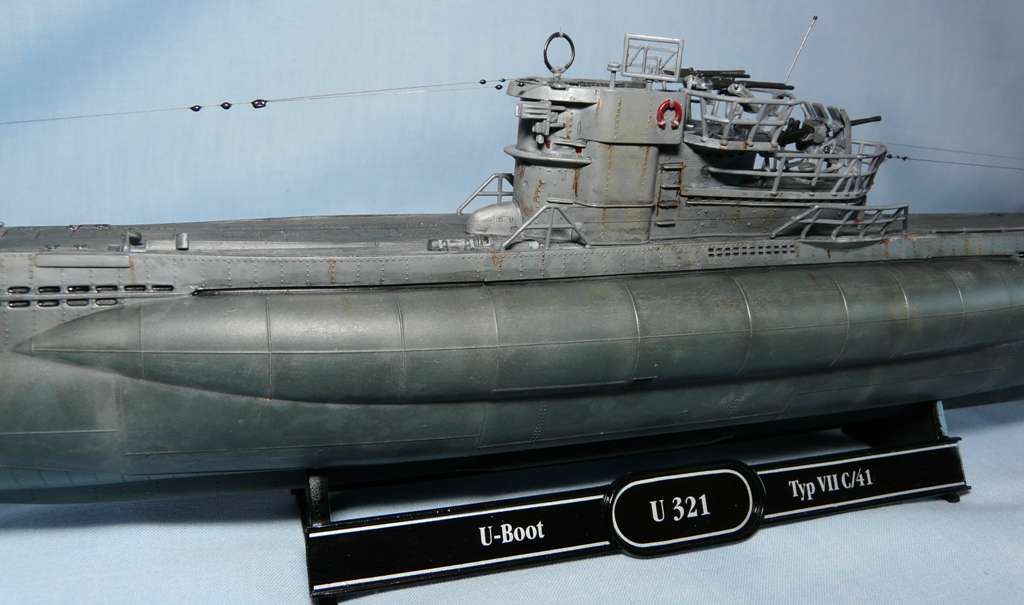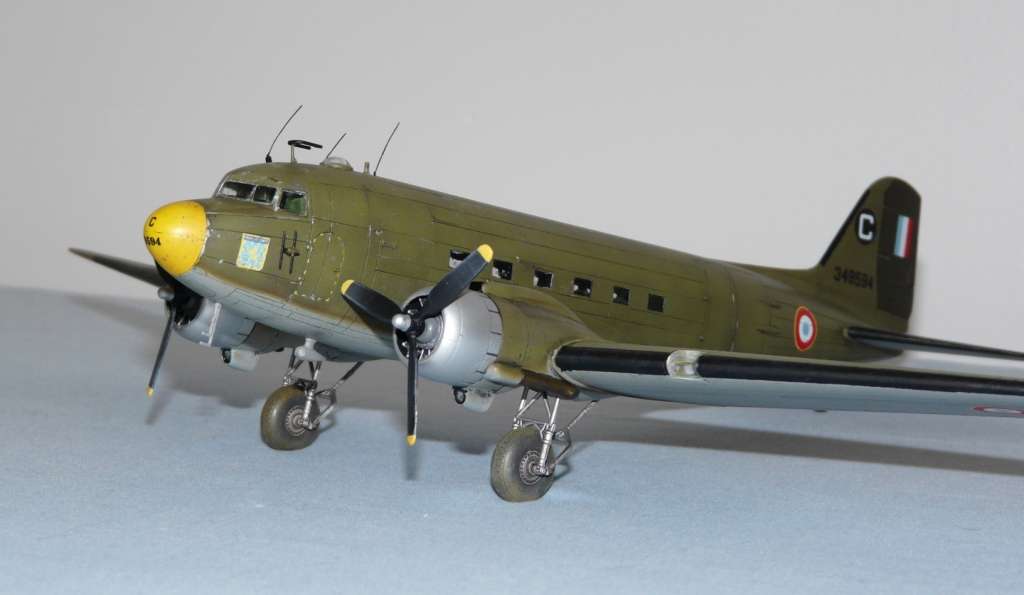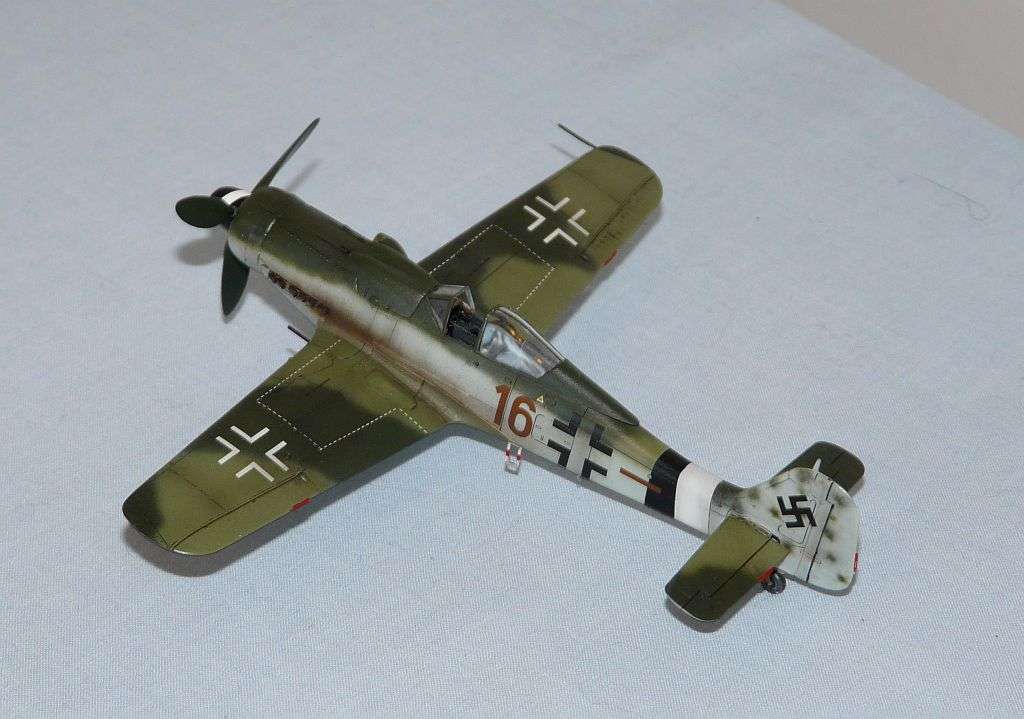 |
| A Sperry Ball Turret on display at IWM Duxford, UK. |
The third installment of this double header looks at the Sperry ball turrets provided in both kits. This is the distinctive ball turret located on the Flying Fortresses' belly, an unenviable gunner position if ever there was one. First though I must apologise for the chop and change nature of this build and going between the Revell and Academy kit at will. I didn't start this build with this blog in mind but I am now trying to catch up with the pictures that I have taken of the construction thus far. In this regard I have not really taken good pictures of the Academy kit turret for comparison, but I will make do without!
 |
| Revell ball turret |
Here is the Revell Sperry Ball turret which unlike other ball turrets from other kits I've come across, comes with interior detail. The modeller is provided with a seat, two .50 cal machine guns and a turret control. Although the detail is a bit simplified, I just love the fact Revell have included it. I was a little surprised though that even though this is a new kit, the ball turret clear parts were not the most clear, and had some nasty flash to be removed. Now if we consider this detail next to a pictureof the real thing (apologies for my camera being defeated but the perspex), we can see that Revell have obviously made an attempt to get the seat and gun position about right.
 |
| Looking inside a Sperry turret |
In terms of construction, the revell kit was glued together using Revell contacta clear, to avoid misting of crazing of the clear parts that superglue or normal polystrene cement will often achieve. The fit of the turret was suprisingly not good, and it seems the moulds have already taken a battering with the thousands of copies that must have already been produced. Either that or I had a duff clear sprue. Anyway that aside, construction continued and the ball turret was masked up using eduard pre-cut masks (a cheat I know) and then sprayed light grey, that is close to the nuetral grey ued on camouflaged B-17's.The turret detail extends to a replica mount, which is a nice touch and those looking to add some more detail may want to pop a yellow oxygen tank next to the .50 cal ammo boxes.
 |
| Sperry ball turret from the Revell kit, minus the .50 ammunition boxes |
I must note, I have left off the .50 ammunition boxes and ammo chutes that Revell provide, because on my previous build of this kit I found these parts restricted the movement of the turret considerably, stopping the turret from traversing to the front. I wanted to avoid that happening on this build, but others may not be so fussy, prefering the detail over the playability of the turret (yes I'm a big kid).
As for the Academy offering, the turret comes with no interior detail, no mounting extending into the fuselage and the side windows of the turret are incorrectly posistioned due to the nature of the mounting ring. The turret sits in the aircraft via two plastic tabs that lock the turret in place when the fuselage halves are closed up. In the following picture, if we disregard the scratchbuilt parts and follow the red arrow, we see one of these tabs that holds the turret in place. Crude, but effective is the best way to sum it up.
 |
| Academy ball turret position and mount |
 |
| Academy ball turret |
This picture here illustrates the academy parts about as well as possible. The grey painted parts are clear and the interior green part is the mounting ring. As can be seen, the mounting ring also includes the side of the turret and with this being a solid plastic part, the windows from this area are pushed further out around the turret which is slightly dissapointing. All but the most descerning B-17 freak would miss this though, so I wouldn't lose too much sleep over it.
So on the face of it Revell wins hands down, with better detail and a more realistic mount. That said, the poor quality of the clear parts on the turret was a big surprise from them. The other parts on the clear sprue seemed very good bar the tail turret transparencies (more on this later maybe) so it is rather odd. When the models are complete it will be nice to see which one looks the best.
 |
| A shot of the turret in a B-17 |
